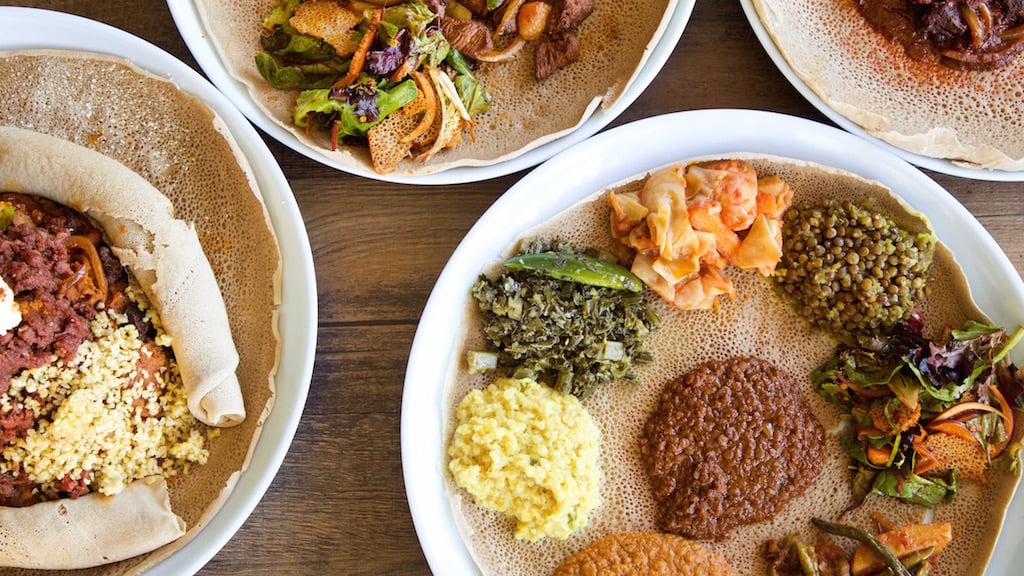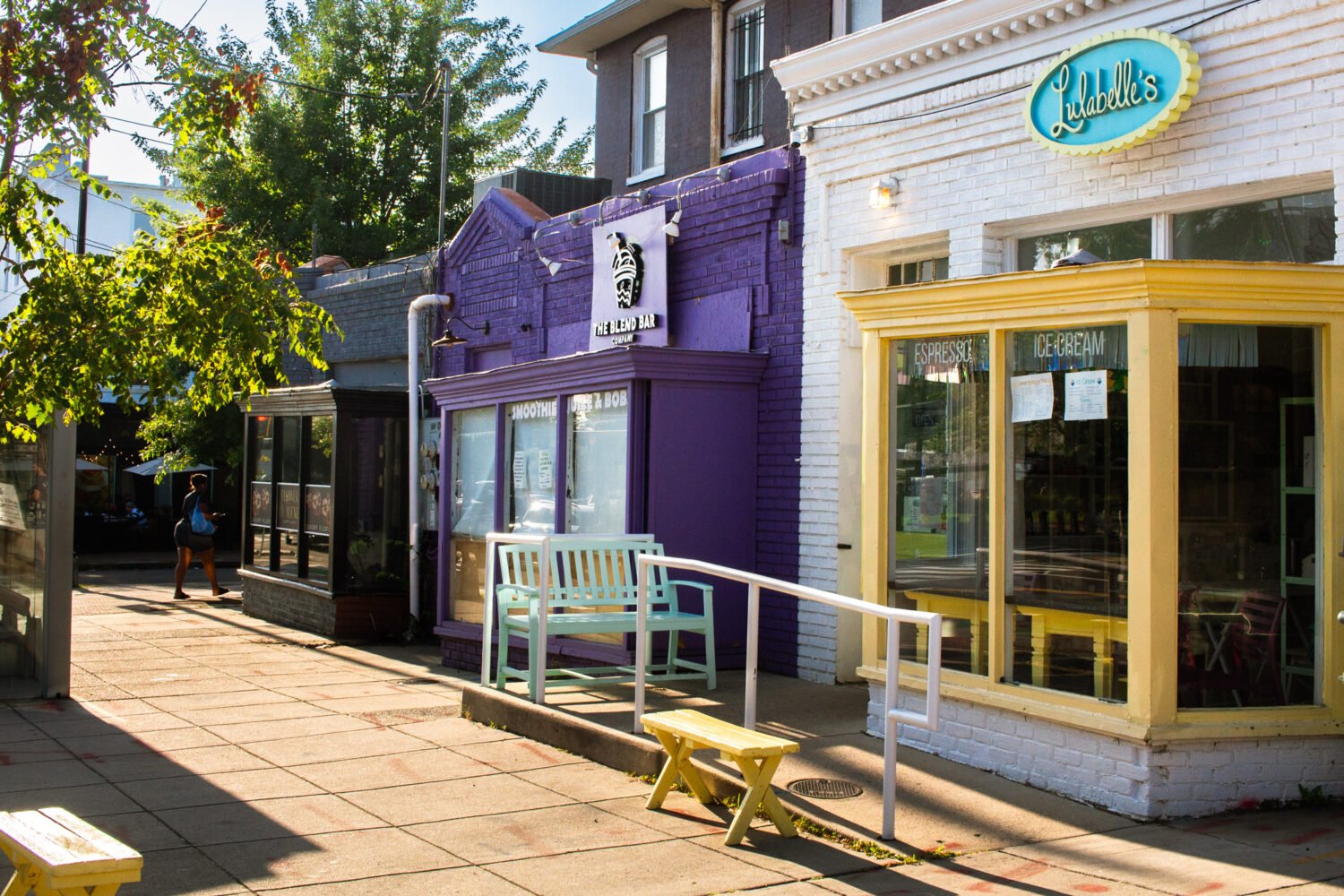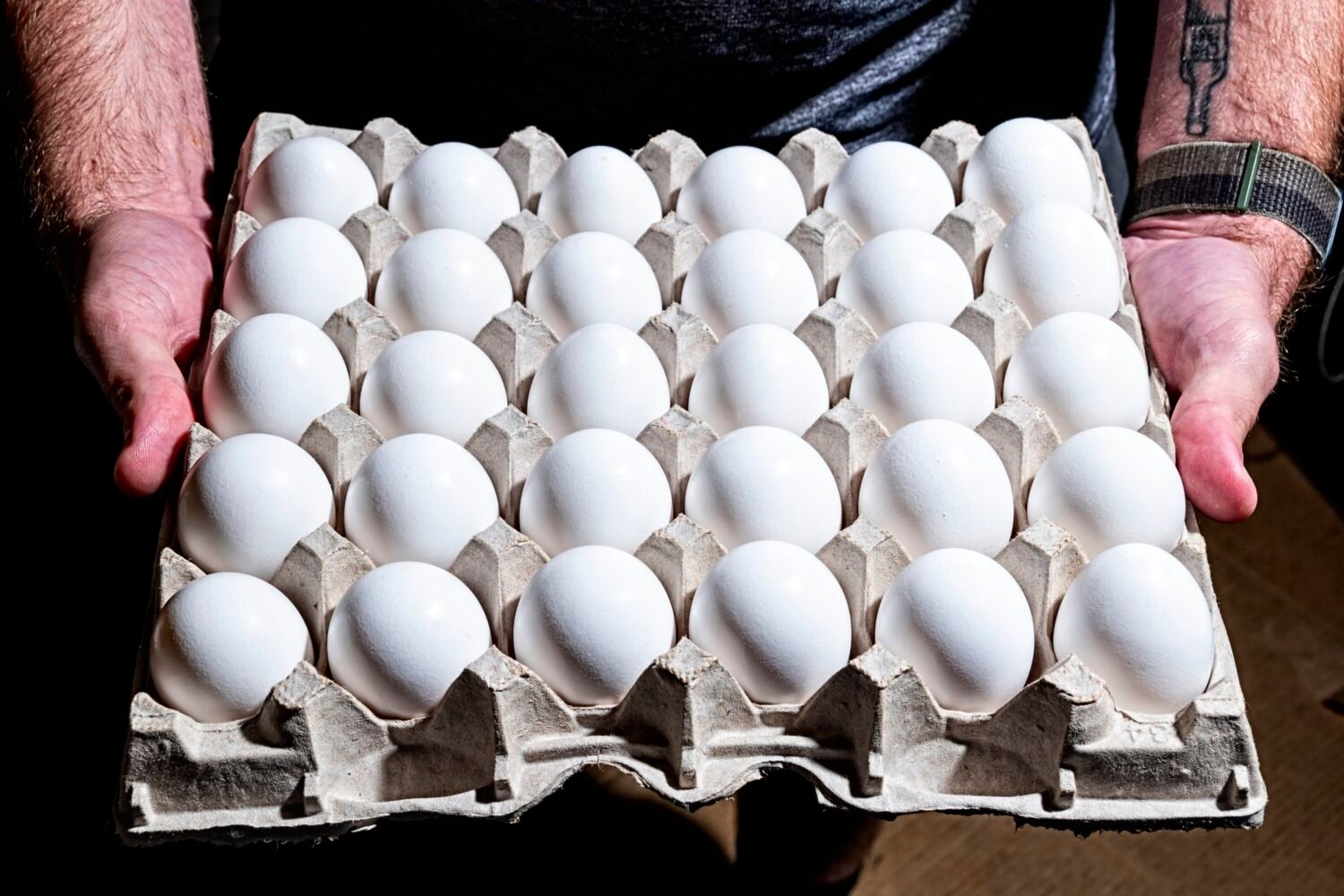In Washington, global political shifts can affect the food scene. Take Ethiopian cuisine. After a Marxist coup in 1974, Ethiopians fled to DC—capital of their former regime’s onetime patron. As the US increased the cap on visas and encouraged family reunification, even more immigrants followed. Today we have the largest concentration of Ethiopians in the US. A night out at an Ethiopian restaurant is as much a tradition here as an outing to a deep-dish pizzeria might be in Chicago. Here’s what to know.
Berbere. A combination of chili pepper, ginger, garlic, fenugreek, and other spices, this earthy, aromatic seasoning is as ubiquitous in Ethiopian cooking as soy sauce is in Japanese.
Gomen. Collard greens simmered with garlic and onions.
Injera. No need for utensils. Tear off a piece of this spongy, teff-flour crepe with your hands and use it to pick up bits of stewed meat and vegetables.
Kitfo. The dish of minced raw beef is spiced, mixed with an herbed butter known as niter kibbeh, and often served with a mild cheese.
Kik alicha. A stew of yellow split peas and onions, one of several Ethiopian dishes made of lentils or peas.
Tibs. Like fajitas? This is more or less the East African equivalent: marinated and stir-fried beef or lamb, which can also include onions, tomatoes, and peppers.
Timatim. This cold salad of diced tomato, onion, and jalapeño might remind you of pico de gallo.
Wat. Simply put, wat is a stew. It can be made with meat or vegetables with varying levels of heat. Doro wat, one popular iteration, includes chicken and a hard-boiled egg.
















